Art and utility
Lucienne Bestall
A segue through A4's collected works. – October 4, 2024
All art has utility, serves a function, however obscure or evident – as a tool of investigation, experimentation and reflection, or as a mechanism of political soft power, ideological instruction, or social (and real) currency. But what of those works that mimic, replicate or reference objects intended for everyday use? Utility objects, in the most banal sense of the word?
Readymades take pole position, those objects that have changed only in category. As per Marcel Duchamp’s formula, the object in question should be both unremarkable and commonplace. The transformation is semantic, conceptual – alchemical, even – a matter of attention and framing.
An oblique example of this (and here I am stretching the definition somewhat) is Erwin Wurm’s performance sculptures, in which unsuspecting objects play the part of props. These objects move between non-art and art with the addition of the participating viewer, who similarly assumes the guise of artwork, if only for a short duration.
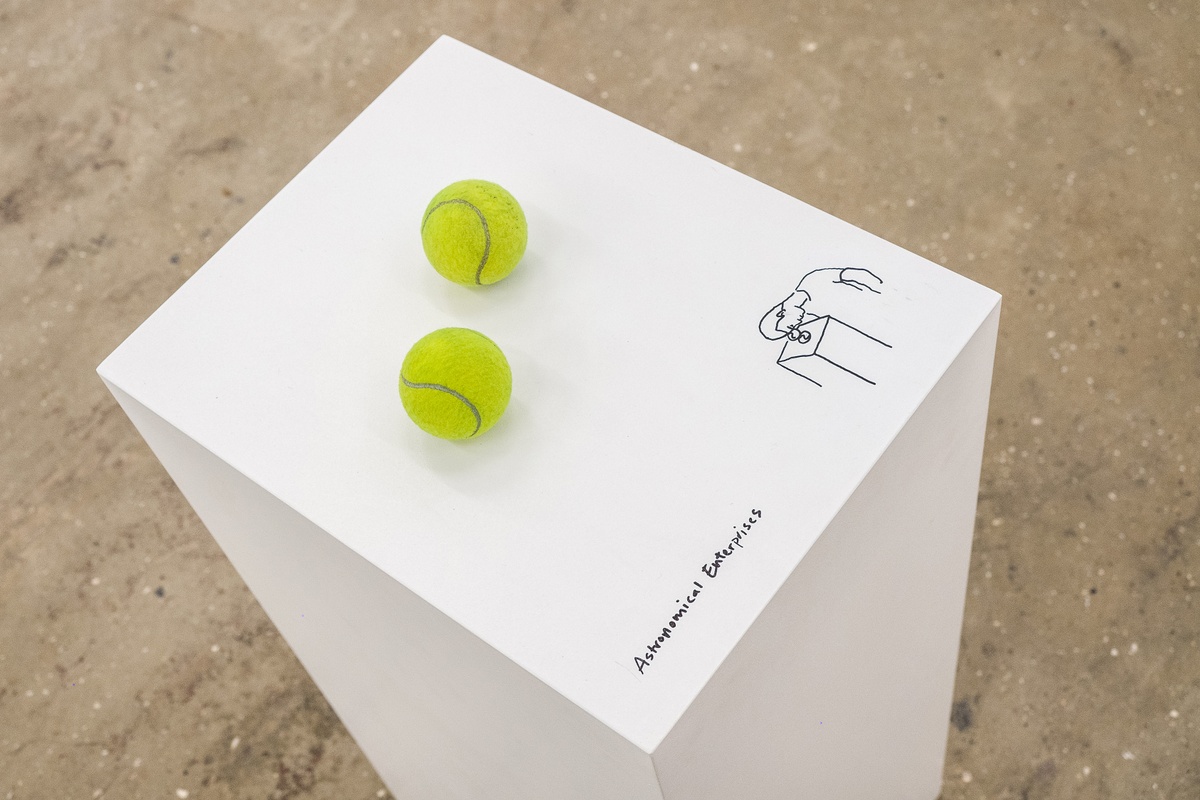

Another almost-example is Nir Hod's All the love I have for you (2016), with the exception of the cigarette left lying in the ashtray (made from porcelain, it complicates the category). That the work's found objects – rotary phone and painted ashtray – are of a defined historical period and thus not 'everyday', being in possession (at the time of making) of history's aura, further disqualifies them from Duchamp's articulation of readymade.

Parallel to readymades are their adjusted or assisted counterparts, found objects that have been somehow changed. A selection of three such works includes Kevin Beaseley's Knees (1999), Walter Battiss' My Typewriter (c.1960s), and Jared Ginsburg's Untitled (wooden key cabinet) (2023) – thrifted jeans set in rakish repose, a typewriter, and a key cabinet, respectively. Of these, two have been denied their first purpose (neither the trousers nor the typewriter can be returned to their original state). The cabinet, however, could – if push came to shove – serve a dual purpose as art and storage. Not that it matters.
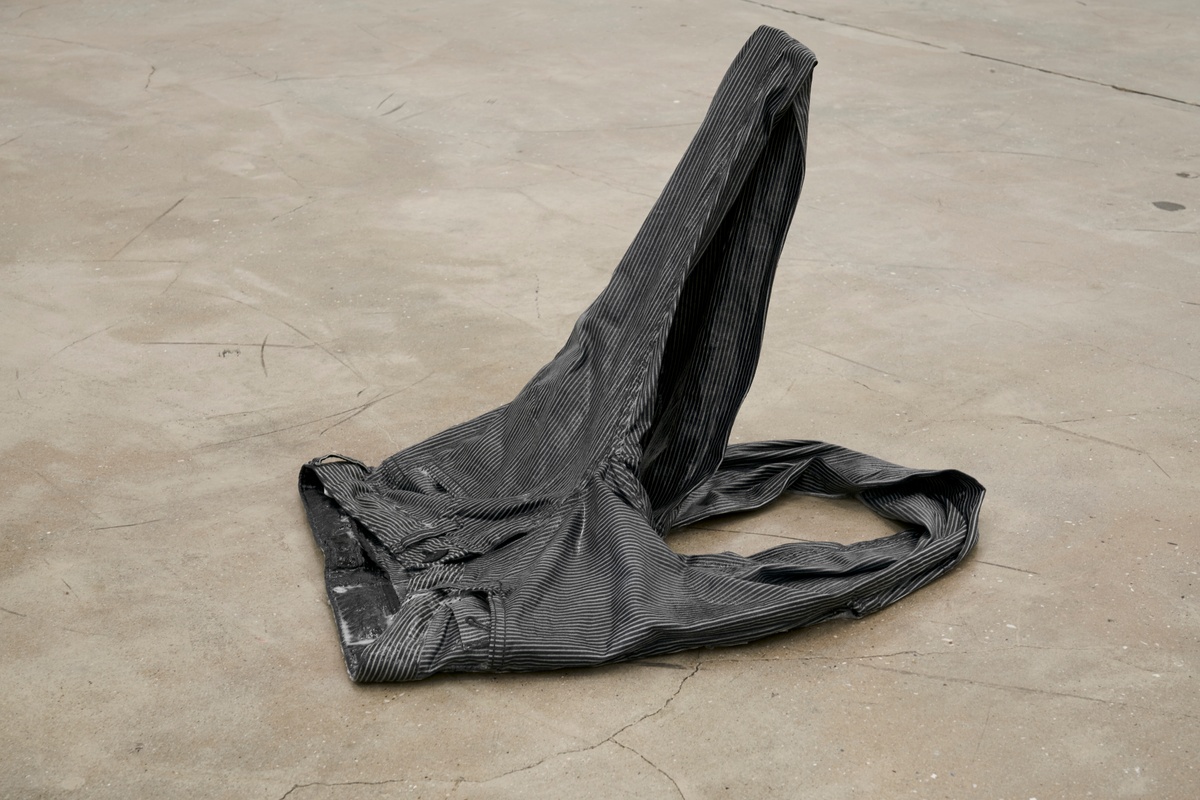
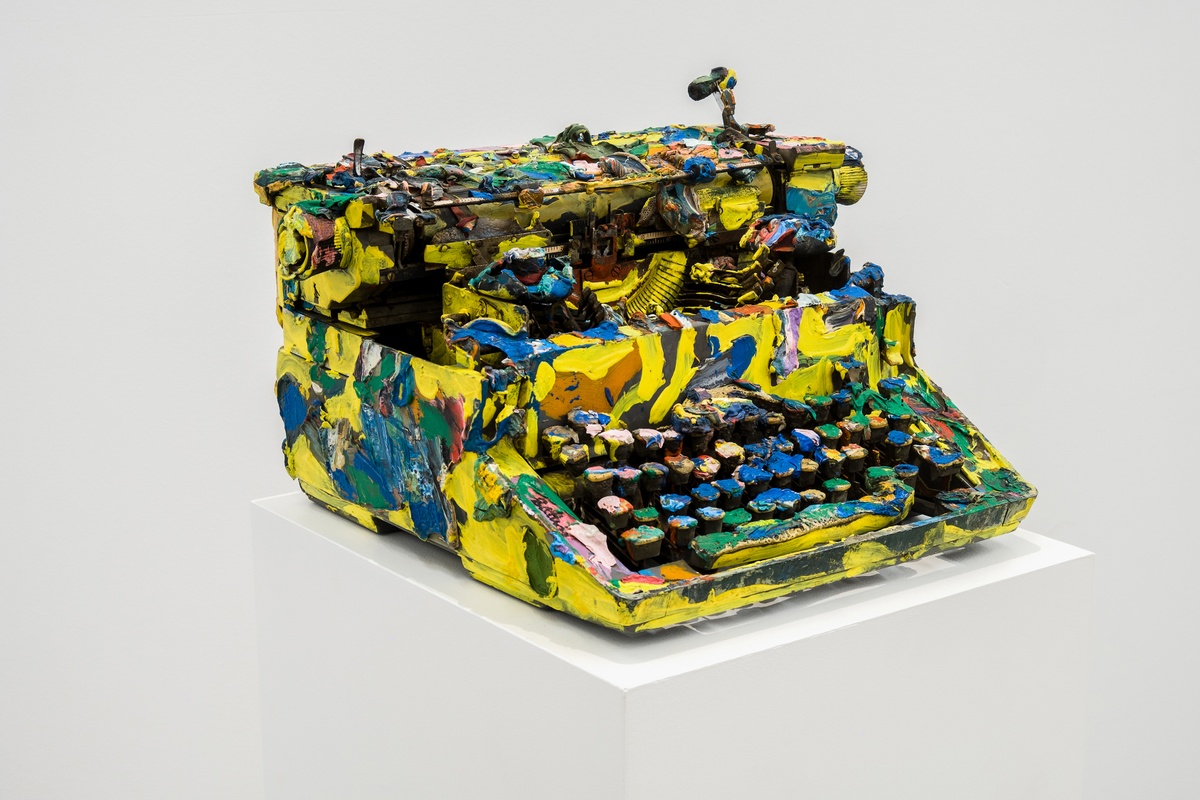


Another work (another stretch) that denies found objects their implied function is Yoko Ono's MEND PIECE, A4 Arts Foundation, Cape Town version (1966/2018). Like Wurm's balls and buckets, this work similarly necessitates participation in order to be realised, to 'work'. Comprising broken crockery and a set of tools with which to mend them – scissors and twine, glue and sticky tape – the invitation is to restore the irreparably fractured and, in doing so, enact care towards imperfect resolution. Formally, the white porcelain evokes another work (and this is purely a fancy of mine rather than the artist's intention): the ur-readymade, Duchamp's Fountain (1917).
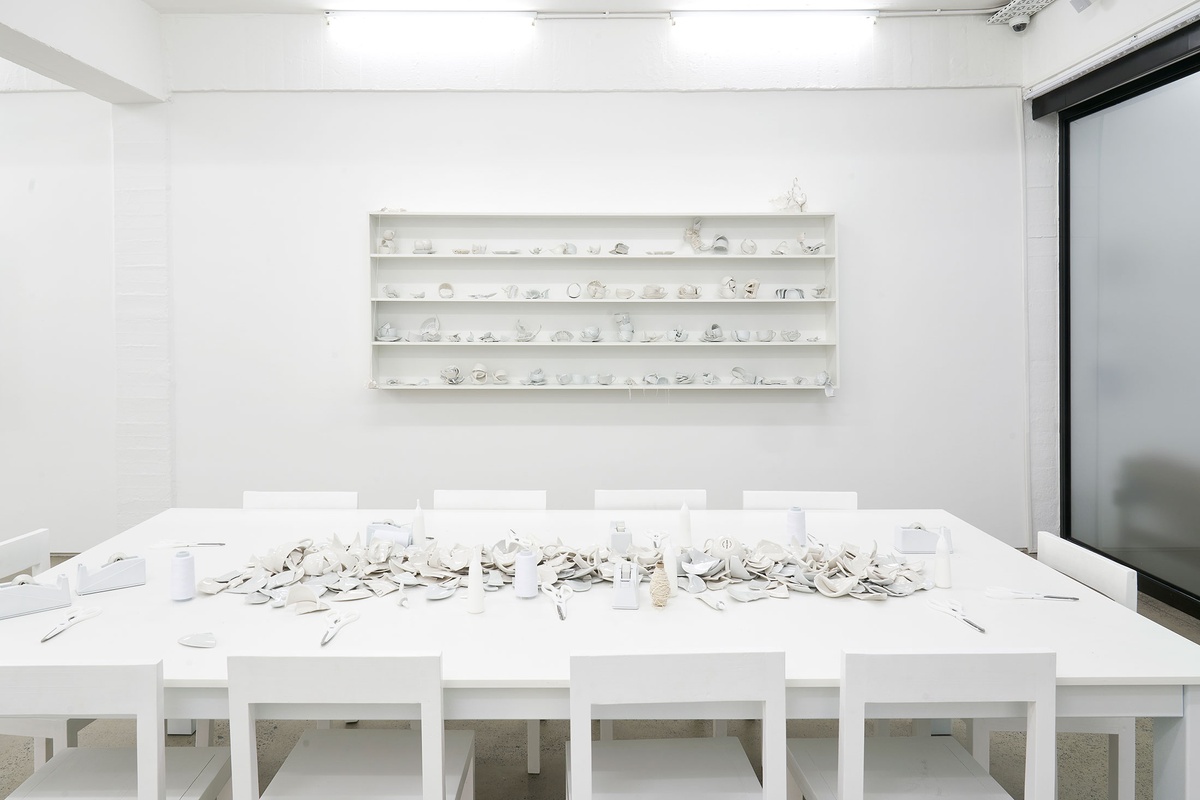
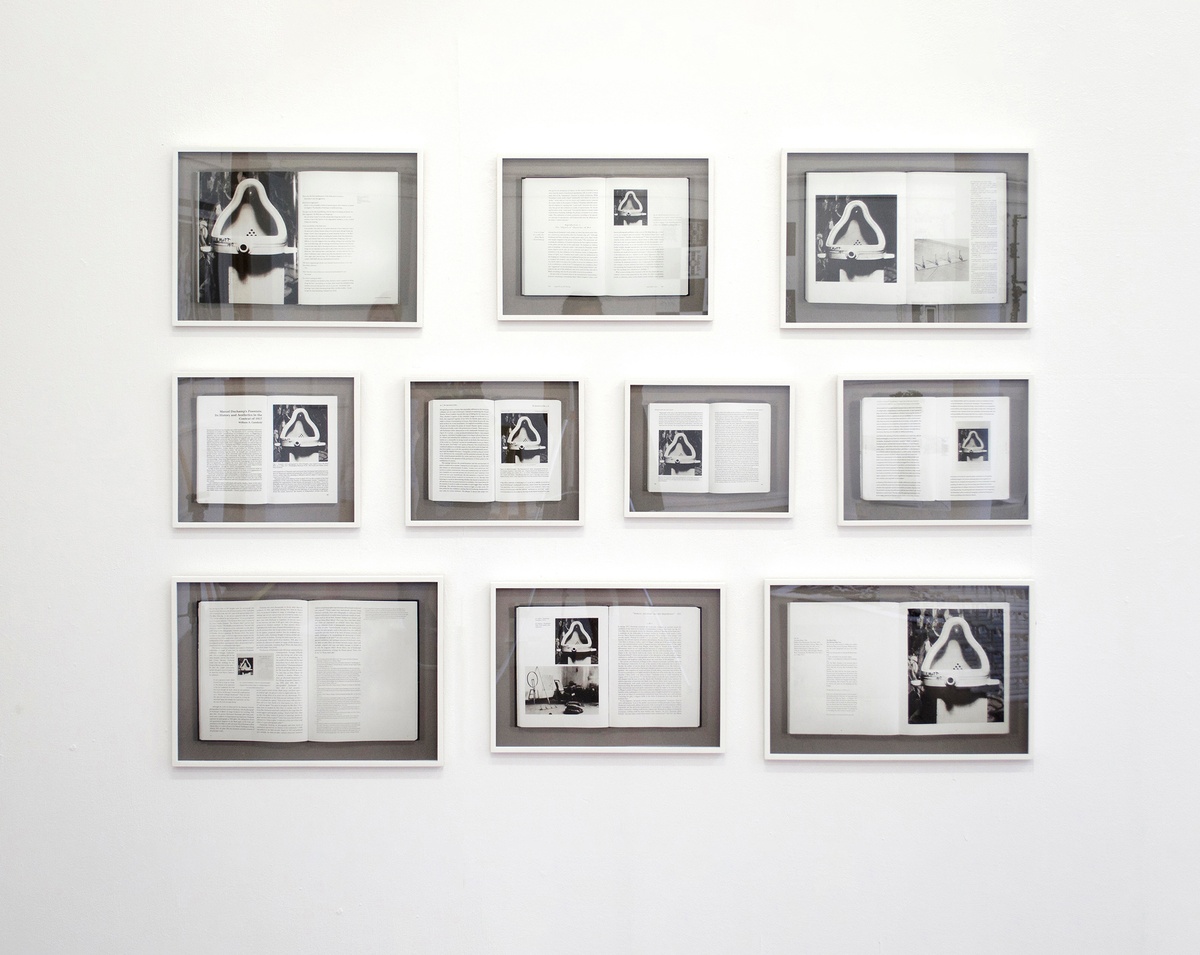
Perhaps also worth mentioning is Ono's Sky T.V. (1966), in which the eponymous TV performs as TV, being at once sculptural element, display device, and subject. A similar example is Félix González-Torres' “Untitled” (Orpheus, Twice) (1991) and its paired mirrors, which offer both form and content.

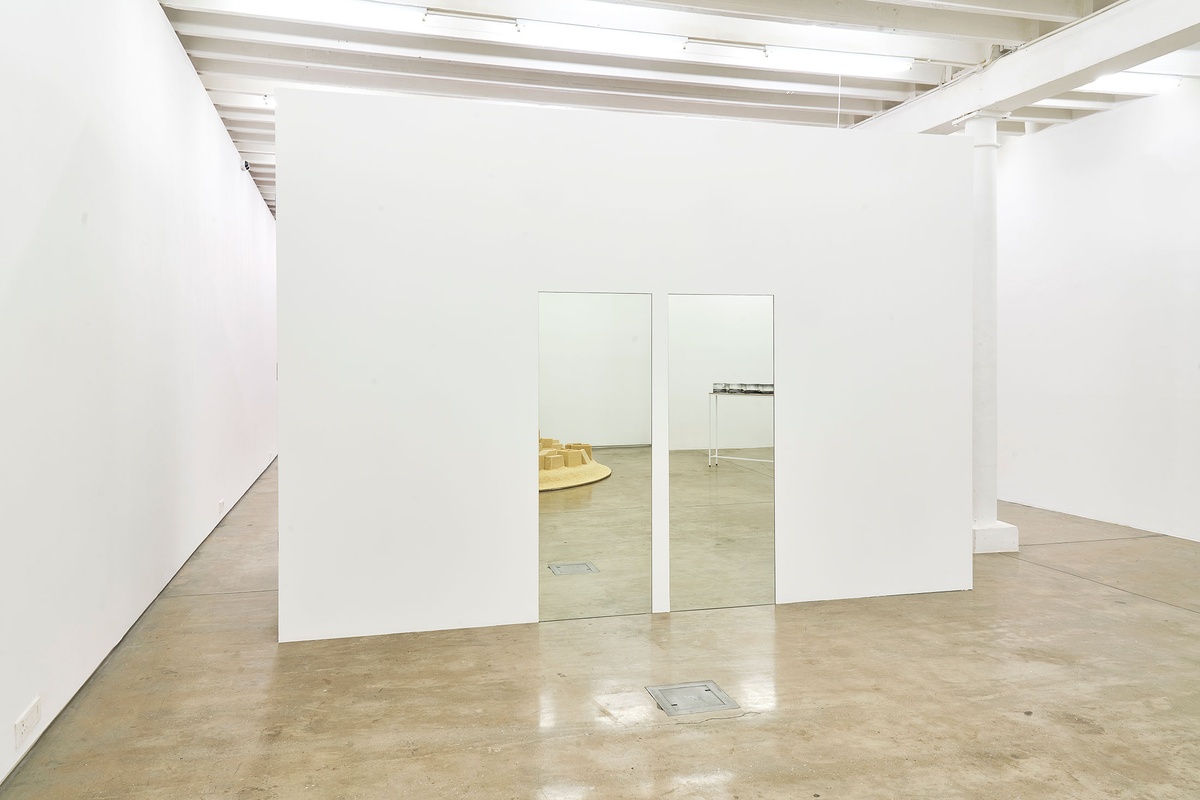
There is then a further category – art disguised as utility object, not found but wholly fabricated. Decoy art, if you will. Take, for example, Cameron Platter's Wastepaper Bin (2017), a wooden replica of its plastic counterpart complete with a discarded Monster Energy drink can. Or Kevin Beasley's Untitled (2020), which is so exacting in its mimicry that it could very well be returned to the inner-city streets from which its likeness was taken.
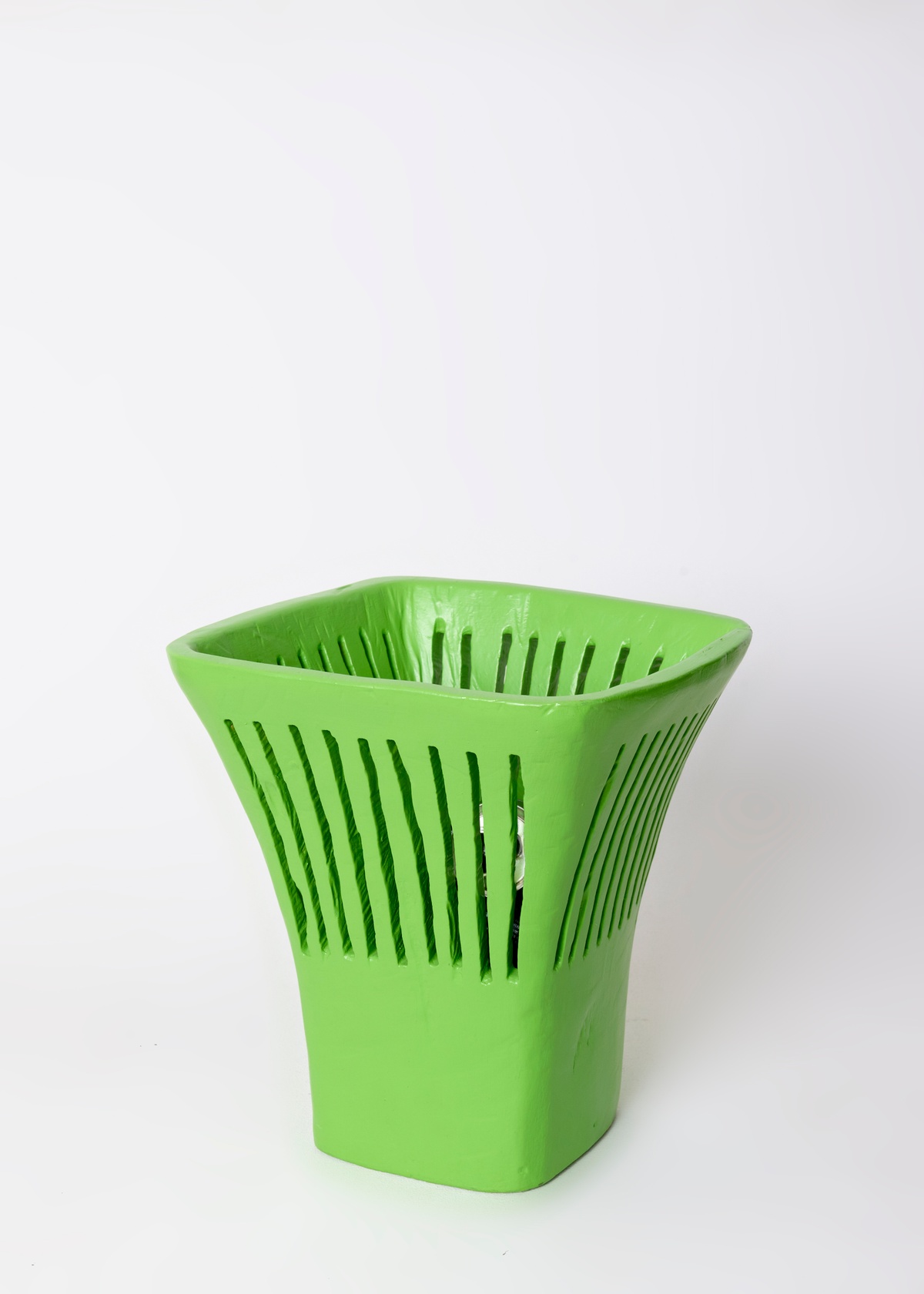
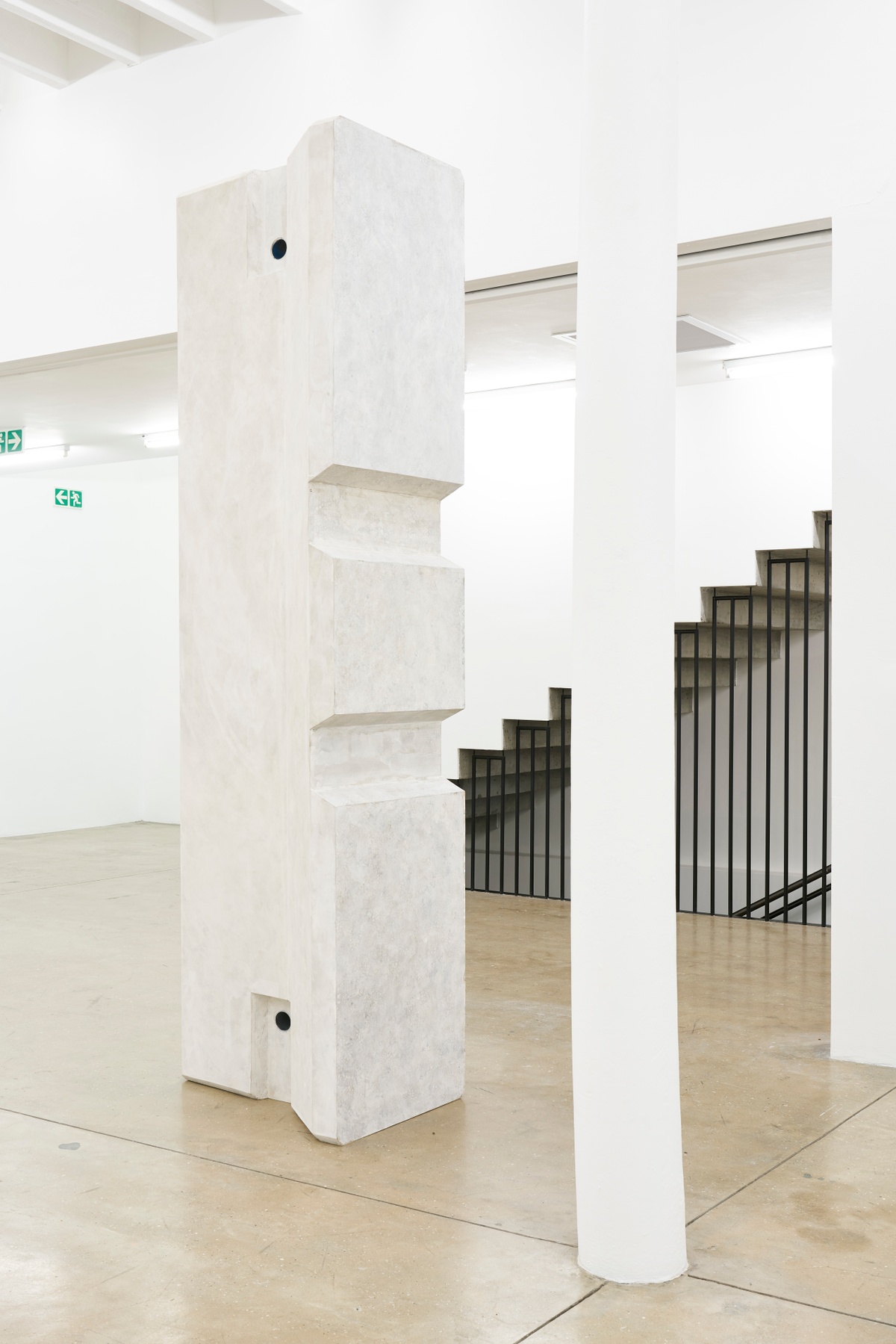
These two examples strike me as being distinct from those works that reference everyday objects as a graphic rather than a tool, such as Claes Oldenburg & Coosje Van Bruggen's Scissors with Thread Spool (1989), which follows an image-based, Pop Art logic. Guy Simpson's Untitled (2023), a painterly study of a fridge made to scale, might also fall into this category.


Returning to the idea of 'art disguised as utility', perhaps the more curious works in this proposed genre are those objects that cite useful objects only vaguely. Primary among this set in the collection is Camille Henrot's A clinging type (2014), which appears to work double-duty, if only visually, as both an abstract sculpture and a tape dispenser.
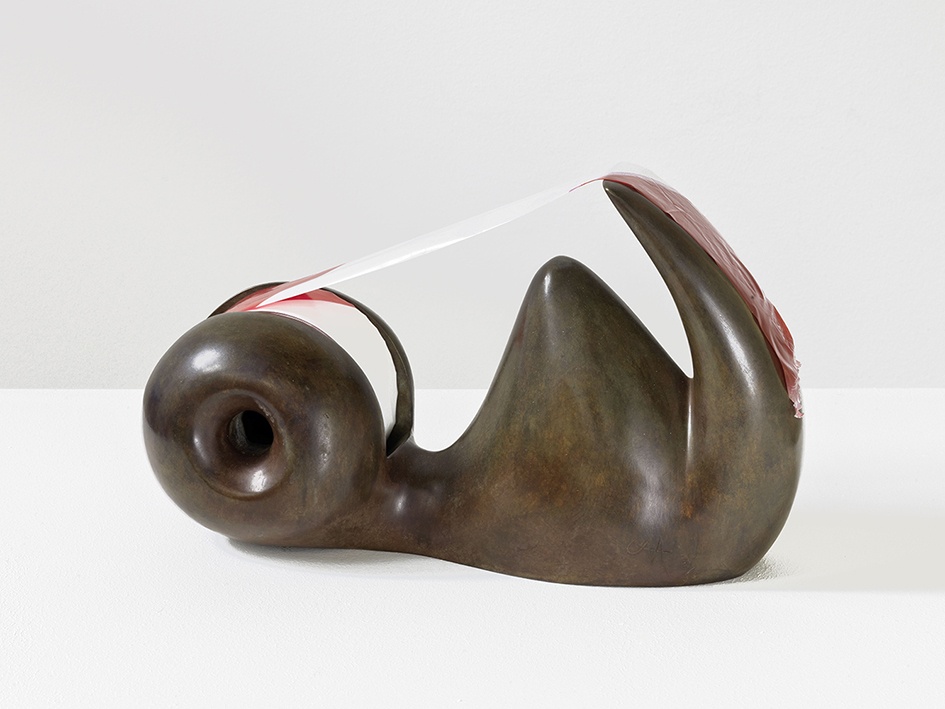
Other such works might include Evan Holloway's delightful Bog Roll Holder (2012), a loo-paper stand fashioned from a stick (the assemblage cast in bronze), and Jared Ginsburg's Carry-on set no. 2 (2019), a portable studio or toolbox, the implied use-value of the tools included wholly unclear – being useful, one imagines, only to the artist, if indeed being useful at all.

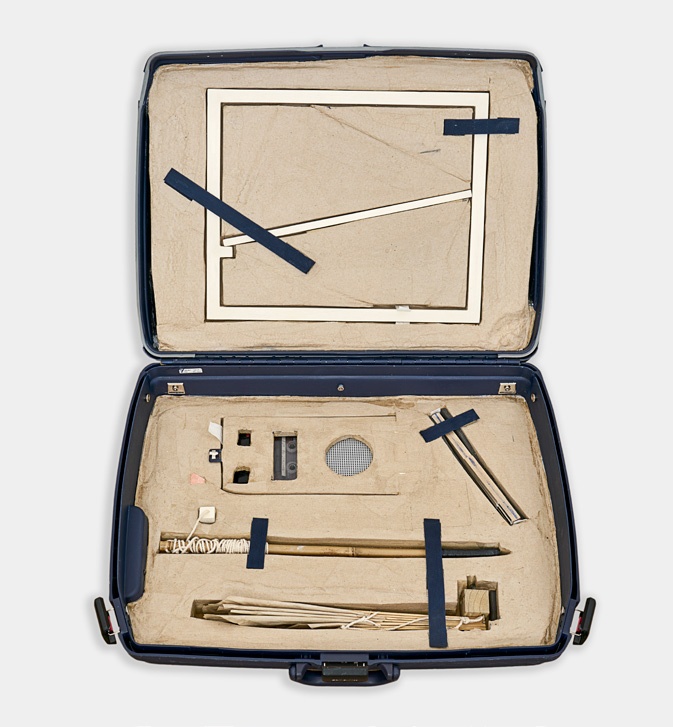
That none of these examples are readymades in the purest sense of the word is perhaps notable. All confuse the category to different degrees and make allusions to function in different registers. Taken together, they propose a compelling relationship between art and functional, everyday objects – aspirations to, or recollections of, an implied usefulness.
"Readymades," as art philosopher Thierry de Duve writes, "are works of art that condense all the artist’s decisions into one single choice.” In these assembled works, there are too many decisions at play, too many impulses and detours to neatly align with the simplicity of Duchamp's formula. But they illustrate a productive and familiar tension – that of art and its utility.
By way of afterword, a final work as illustrated by the ephemera it generated: Ed Young's Bruce Gordon (Found Object [concept]) (2002), a local bar owner submitted to an art school fundraising auction. The work precipitated a bidding war, was purchased for a handsome sum, and later donated to the Iziko National Gallery.
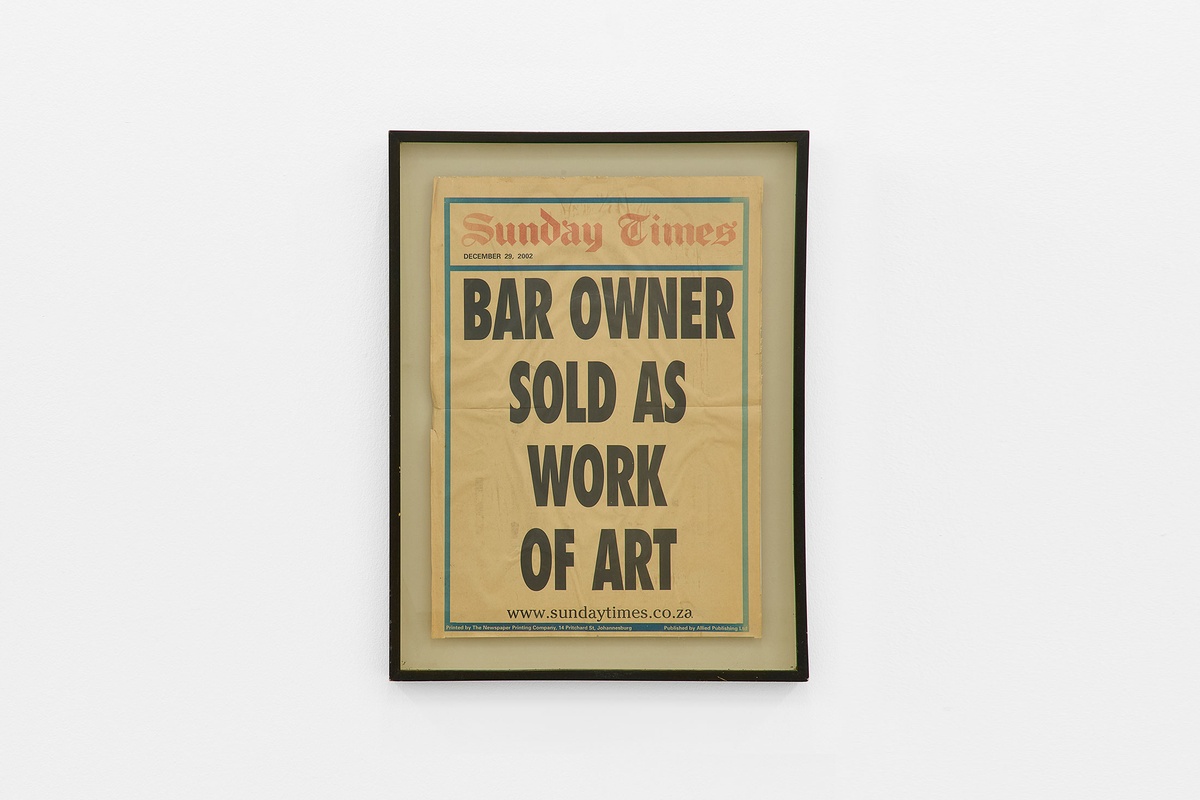
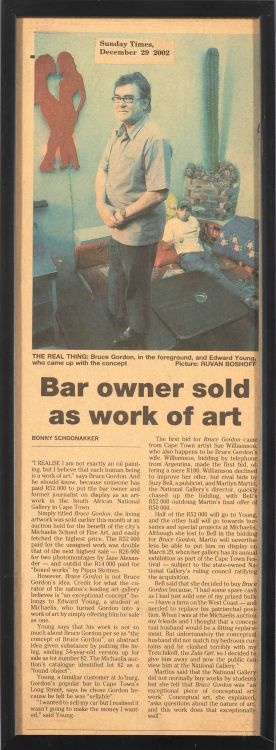
(Bruce Gordon was neither unremarkable nor commonplace, nor was he possessed of a defined utility, but the work is included here as a useful illustration of de Duve's 'single choice').